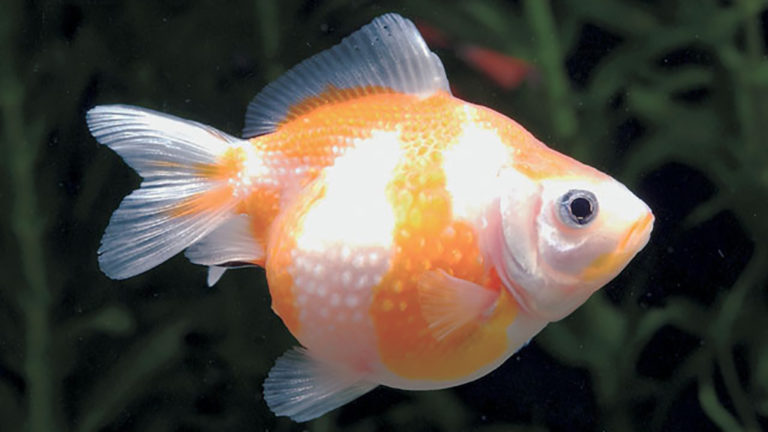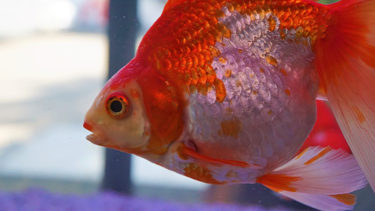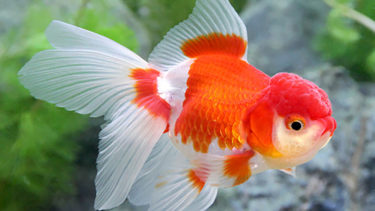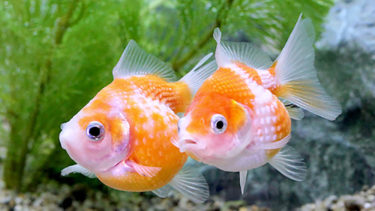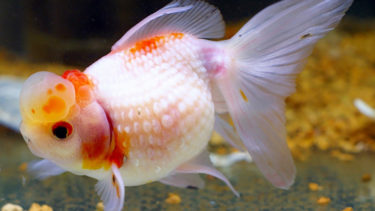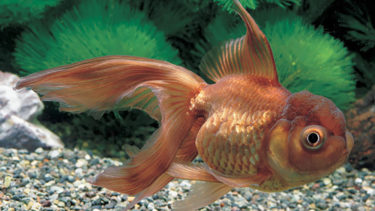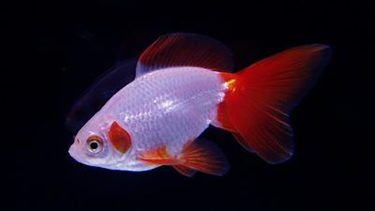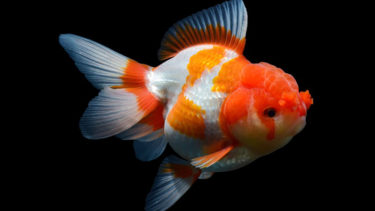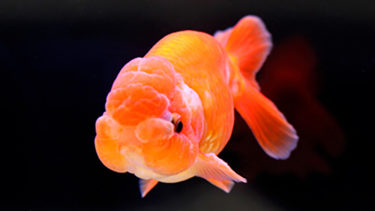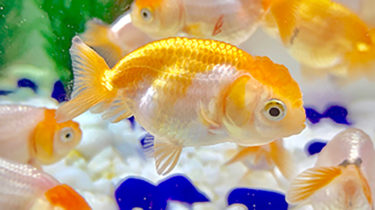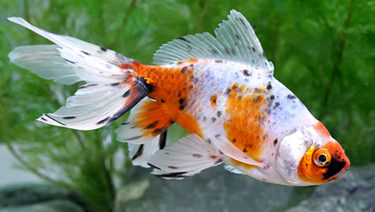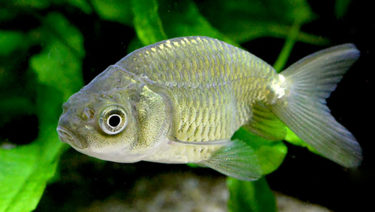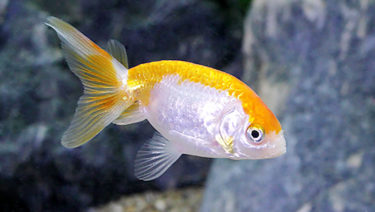The Pearlescent Scale is a goldfish with pearly white scales. In addition to its pearly scales, the Pearlescent Scale is a goldfish with many other cute features that allow it to be enjoyed in a variety of ways. In this article, I would like to explain in detail the characteristics of the Pearlescent Scale and how to keep it.
What is Pearl Scale?
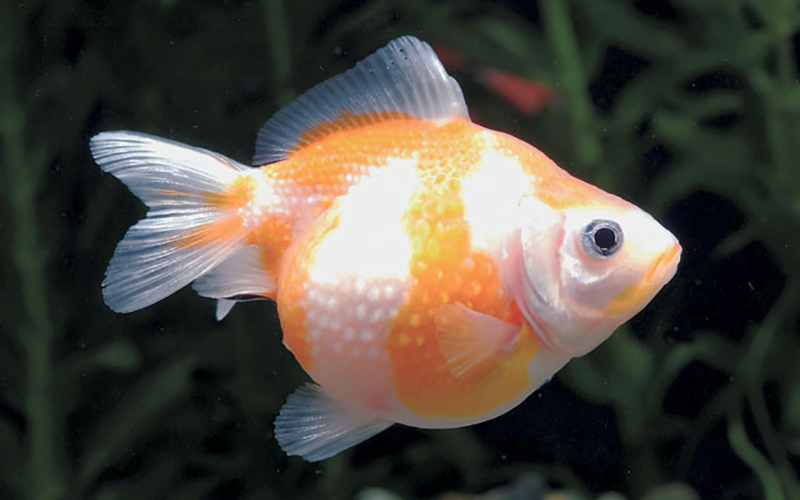
The pearlescent scale has a small head, a short body shape, and a bulging belly, giving it a butterfly-like appearance. Its most distinctive feature is its pearly scales, which distinguish it from other goldfish.Scales that look like pearled scales are called pearlescent scales (pearlescent or rare pearl scales). There are several types of pearlescent scales. Pearlescent scale itself is used in some situations as a generic term for goldfish with pearly scales, but in this site it is described as one type.
The Ryukin is a goldfish with a distinctive tail fin that came to Japan from China. It is one of the first goldfish we imagine when we think of goldfish in Japan. In this article, we would like to explain in detail the characteristics of Ryukin and how to keep them. What is RyukinThe Ryukin originated in China as a variant of the Japanese goldfish [...]
The orchid lionhead is a goldfish characterized by its caudal fin and head mass. It is a goldfish that can be kept in a variety of ways depending on its body color, the size of the fleshy mass on its head, and the way its tail fin spreads. In this article, we would like to explain in detail the characteristics of the Woran Shishigashira and how to keep it. What is the Woran lionfish [...]
Origin of the Pearl Scale
The Pearl Scale is,This goldfish was imported from China and came to Japan around 1960. In China, it was known as the Chinshulingyo.When it first arrived in Japan, it was overshadowed in popularity by the Tantei, which arrived around the same time. In recent years, however, the Pearl Scale's distinctive scales and rounded appearance have made it popular among women and children, and it has begun to attract renewed attention.
Many people think that goldfish are the goldfish that you see at fairs and festivals in the summer, and that there are many different kinds of goldfish. And it is no exaggeration to say that each type of goldfish has its own characteristics, and that is the best part about goldfish [...]
How to enjoy the Pearl Scale

The best way to enjoy pearl scale is how to appreciate its most distinctive feature, its beautiful pearly scales. If you want to appreciate the beautiful scales, it is recommended to view them from the side (side view) in an aquarium rather than from the top (top view) in a pot. By viewing from the side, you can appreciate not only the beautiful pearly scales, but also the changes in the raised and un-raised parts of the scales and the shadows that are created by the changes in the lighting.And we recommend the side view because you can also enjoy the rounded body together. By viewing from above, the roundness of the pearlescale can be seen from a different angle, so if you are tired of viewing from the side, I recommend you give it a try.
Points to keep in mind when mixing swimmers
When mixing goldfish with other goldfish and other species, there is sometimes uncertainty as to what species is good and what species is not. First,There is no general prohibition against this or that when mixing goldfish with other species.Therefore, depending on the personality and environment of the goldfish you keep, even species that are said to be bad for each other may get along well with each other. However, there is also the matter of compatibility between goldfish. If you put incompatible goldfish together, there is a high possibility that they will fight or that only one of them will monopolize the food. However, as explained in the beginning, there is no prohibition for goldfish, so if you want to mix them, it may be OK to do so. Now, let us explain which goldfish are compatible with Japanese goldfish and which are not.
Compatible goldfish
The goldfish most compatible with the Pearl Scale are Ryukin-type goldfish such as Ryukin and Calico Ryukin.Ryukin-type goldfish are characterized by their tail fins, so it is a pleasure to mix various species and compare their tail fins.
About Ryukin
About Calico Ryukin
About Ryukyu Mold
Incompatible goldfish
Goldfish that are incompatible with the Pearl Scale are Japanese goldfish, such as wakin (Japanese goldfish) and comets.Many Japanese goldfish are agile and grow large in a short period of time. If they are mixed with Japanese goldfish, please be aware that the Pearlescent Scale may be eaten by other Japanese goldfish and the difference in body size may cause them to become separated from each other. Also, when keeping Pearlescale with Japanese goldfish, you should always watch to see if they are chasing and messing with the Pearlescale, since they may mess with the scales, which is a characteristic of Pearlescale.
About WAKIN
About Comet
About Us
Points to keep in mind when keeping pearlescale

The Pearl ScaleThe uneven parts of the scales, which are the most distinctive feature, are made of calcareous material that adheres to the scales. Therefore, the structure of the scales is different from that of ordinary scales, and they are easier to remove than ordinary scales. Therefore, when keeping Pearl Scale, please be careful not to put too much stuff in the container (e.g., aquarium).This is because calcareous scales can easily peel off if they get caught on the corners of ornamental decorations. Also, once the calcareous scales are peeled off, they do not grow back, so please be careful as once they are peeled off, that is all there is to it. Also, since this variety is sensitive to changes in water temperature, we recommend that you take extra precautions during periods when the water temperature changes drastically.
Other goldfish in the Pearl Scale
ping-pong pearl
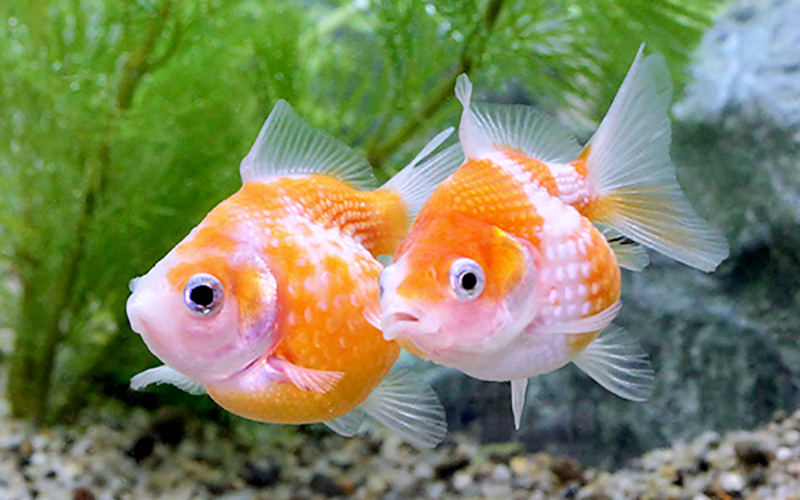
The ping pong pearl is a goldfish that looks round like a ping pong ball used in ping pong.More information about the characteristics of ping pong pearls and how to keep them can be found in the detailed pages below.
The Ping Pong Pearl is a goldfish that looks rounded like a ping pong ball used in table tennis. Its body shape makes it popular among women and children, and it is one of the most popular goldfish breeds. In this article, I would like to explain in detail the characteristics of the Ping Pong Pearl and how to keep it. [...].
Takagami Pearl
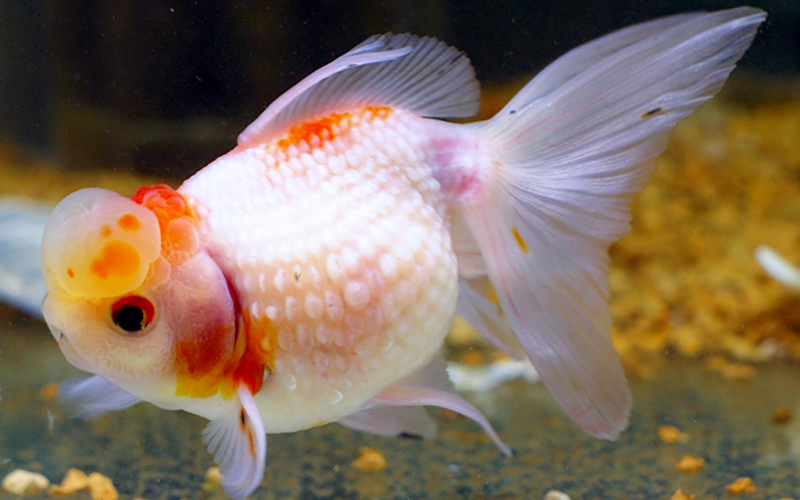
High-headed pearls are pearl scales with well-developed fleshy bumps, which develop as they grow, as in the Dutch-type goldfish.More information about the characteristics of the high-headed pearl and how to keep it is explained in the detailed pages below.
The pearl scale with well-developed fleshy mass of the high-headed pearl has the fleshy mass seen in Dutch-type goldfish on its head and the scales on its body have beautiful pearly scales. In this article, I would like to explain in detail the characteristics of the Takagashira Pearl and how to keep it. What is a Takagashira Pearl [...].
Characteristics of Hama Nishiki and how to keep it
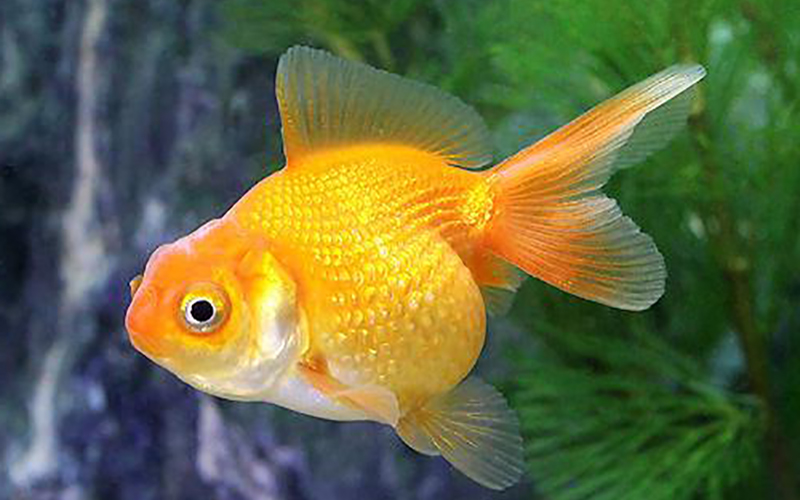
The Hama Nishiki is a goldfish that has been immobilized from among the high-headed pearls with a blister-shaped head mass.More information about the characteristics of Hama Nishiki and how to keep it can be found in the detailed pages below.
Hama Nishiki is a fixed goldfish with a blister-shaped head mass from the Takagashira Pearl. The sides of the body have pearls inherited from the Takagashira Pearl, and the head is characterized by a blister-shaped fleshy mass that is divided into two parts. In this article, we will explain in detail the characteristics of the Hama Nishiki and how to keep it [...].

